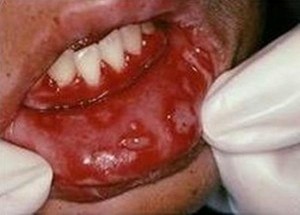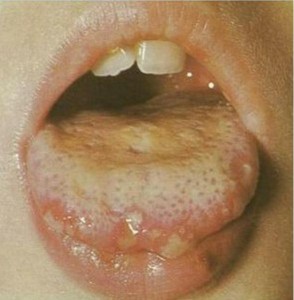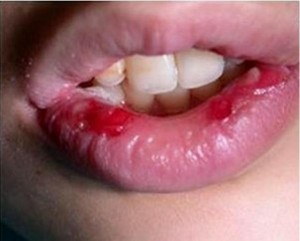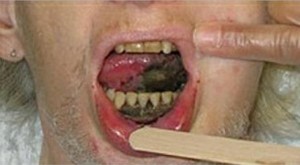Home Remedies for Ear Infections
Ear infections may be divided into otitis media and otitis externa. Otitis media is the infection of the middle ear while otitis externa is the infection of the outer ear. Otitis media usually occur as a result of inflammation of the Eustachian tube due to the presence of allergic reactions, colds and throat infections hat lead to accumulation of fluid in the middle ear.
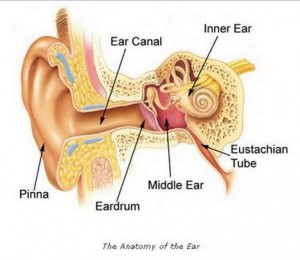
Otitis media causes the eardrum to inflame and may lead to accumulation of pus and fluid behind the area. Otitis externa is an infection that results in the inflammation and production on drainage on the outside portion of the ear canal from the eardrum up to the external ear. Otitis externa is usually experienced by swimmers because water tends to reside in the ear and cause moisture in the area. Once there is adequate moisture, bacterial and fungal infections usually set in.
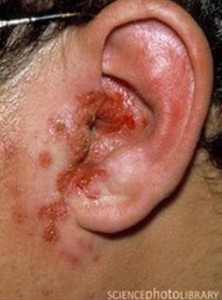
Otitis Externa
Image Source: Science Photo Library
Ear infections usually may require antibiotic therapy in order to eradicate the causative microorganism. Certain home remedies are also effective in doing so and it can also help ease the discomforts of ear infections. Home remedies for ear infection include:
Vitamin C
Vitamin C is very helpful in increasing the immune system. Taking vitamin C may help in reducing ear infections.
Garlic juice
Garlic has antibacterial properties that can be used to manage ear infections. Get the juice of garlic and place few drops of it on the affected ear. Make sure to maintain the head on a side position with the affected ear turned up for 5 minutes in order to prevent the garlic juice from escaping the ears.
Blow dryer
When you accidentally had water drops in your ears, especially from contaminated waters, use a blow dryer to allow the water to evaporate. Place the mouth of the blow dryer about 15 inches away from your ear and set the blow dryer in low heat in order not to burn the ears.
Olive oil
Olive oil is also an effective remedy for ear infections because of its antimicrobial properties. Place olive oil in a warm glass or spoon in order to warm the oil. Put two to three drops in your affected ear.
Mango leaf
Mango leaf may also help relieve ear infection because the juice on the leaf has also antibacterial properties. Get the juice of a young mango leaf and put three drops of it on the infected ear. Make sure to wash the leaves prior to getting the juice in order to prevent further infection.
Hydrogen peroxide
You can also use hydrogen peroxide in cleaning the ears. Dilute one part of hydrogen peroxide to two parts of sterile water. Dip a cotton bud on the mixture and use it to clean the area carefully. However, avoid using it in children.
Quit smoking
When you have an ear infection, it’s better to quit smoking or avoid smoking because it can further aggravate the infection as the smoke can pass through the Eustachian tube.
Tea tree oil
Tea tree oil is another home remedy for ear infections. You can place two to three drops of tea tree oil in the affected ear to benefit from its antibacterial action.
These remedies can be used solely for mild infections, but it is better to consult a physician.
